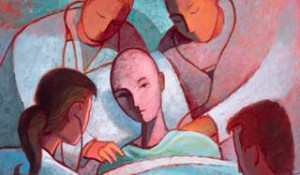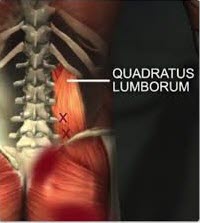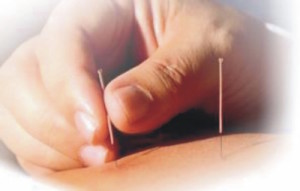 I employ a variety of techniques to treat patients at Rivertown Acupuncture, including the use of electric stimulation with acupuncture needles. Here is a brief overview of the range of conditions e-stim can help to alleviate.
I employ a variety of techniques to treat patients at Rivertown Acupuncture, including the use of electric stimulation with acupuncture needles. Here is a brief overview of the range of conditions e-stim can help to alleviate.
Electric stimulation, or e-stim, is very effective for augmenting trigger point therapy, which is by definition intramuscular stimulation. Instead of the practitioner inserting needles into ‘motor points’ (i.e., areas of constriction within the muscle) and manually stimulating to initiate fasciculation, the needles are instead connected to cables that conduct electricity. This is especially effective for chronic conditions such as sciatica, plantar fasciitis and low back pain.
However, electric stimulation can treat many more conditions than muscle constriction.

 Migraine headaches are one of the most painful conditions people can suffer, even disabling people for days at a time. Unfortunately they’re not uncommon, affecting 18 percent of women and 6 percent of men in the United States. A migraine can involve a throbbing sensation, usually on one side of the head or in a certain location on the head. Sometimes migraine sufferers also experience nausea, vomiting, and severe sensitivity to light. Finding an effective solution can be challenging, but new research indicates that
Migraine headaches are one of the most painful conditions people can suffer, even disabling people for days at a time. Unfortunately they’re not uncommon, affecting 18 percent of women and 6 percent of men in the United States. A migraine can involve a throbbing sensation, usually on one side of the head or in a certain location on the head. Sometimes migraine sufferers also experience nausea, vomiting, and severe sensitivity to light. Finding an effective solution can be challenging, but new research indicates that 
 If you’ve ever thrown your back out, you know it’s a pretty frightening and acutely painful experience. It can happen suddenly and without any warning, and when it does you may be unsure of what to do. Sharp, agonizing back pain can show up when you’re engaged in heavy lifting, like carrying boxes from one room to the next, but it can also hit when you’re doing something simple and routine, like bending over to pick up a pen. Not only does back pain hurt, but it can affect your range of motion and quality of life as well.
If you’ve ever thrown your back out, you know it’s a pretty frightening and acutely painful experience. It can happen suddenly and without any warning, and when it does you may be unsure of what to do. Sharp, agonizing back pain can show up when you’re engaged in heavy lifting, like carrying boxes from one room to the next, but it can also hit when you’re doing something simple and routine, like bending over to pick up a pen. Not only does back pain hurt, but it can affect your range of motion and quality of life as well. Rotator cuff injuries can result in severe shoulder pain, sending stabbing pangs into your shoulder area every time you raise your arm above or behind your head. Although rotator cuff ailments are most often observed in people over 65 years of age, they can occur in younger people as well. They typically happen in cases where someone overuses their shoulder with overhead motions, like pitching a baseball or lifting heavy equipment. This can result in partial or complete tearing of the muscles or tendons in the shoulder.
Rotator cuff injuries can result in severe shoulder pain, sending stabbing pangs into your shoulder area every time you raise your arm above or behind your head. Although rotator cuff ailments are most often observed in people over 65 years of age, they can occur in younger people as well. They typically happen in cases where someone overuses their shoulder with overhead motions, like pitching a baseball or lifting heavy equipment. This can result in partial or complete tearing of the muscles or tendons in the shoulder.

 Sciatica is caused by an inflammation of the sciatic nerve, the largest nerve in the body which itself is comprised of numerous smaller nerve endings. Sciatic pain generally extends from the lower back/lumbar area down through the leg and can be crippling and chronic for those who suffer from it.
Sciatica is caused by an inflammation of the sciatic nerve, the largest nerve in the body which itself is comprised of numerous smaller nerve endings. Sciatic pain generally extends from the lower back/lumbar area down through the leg and can be crippling and chronic for those who suffer from it.